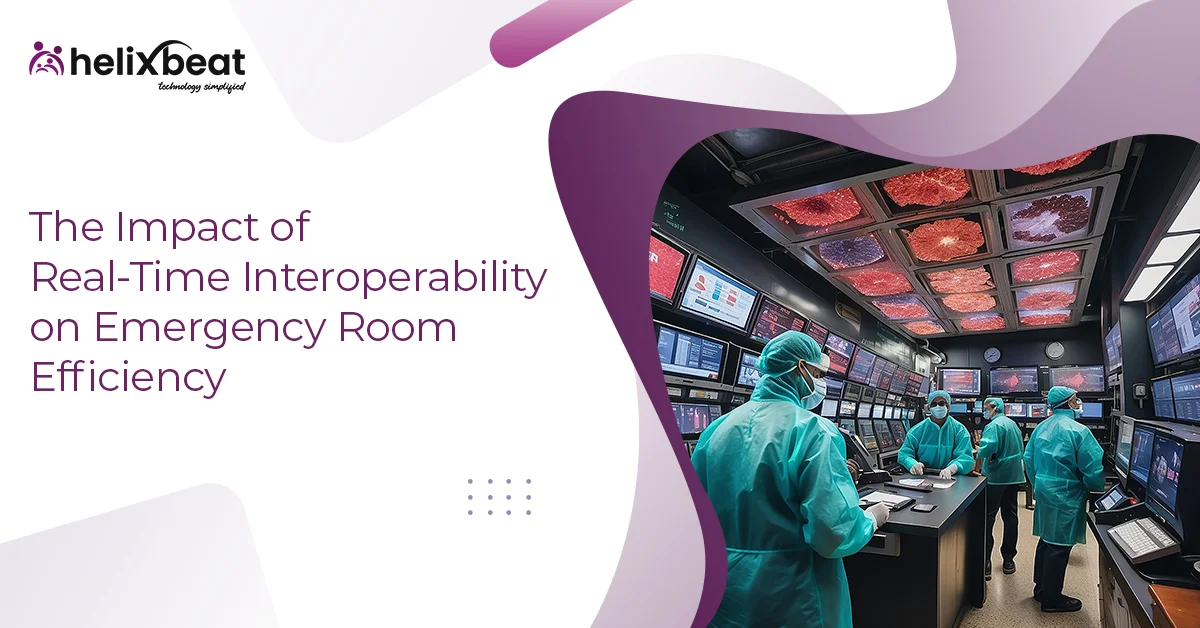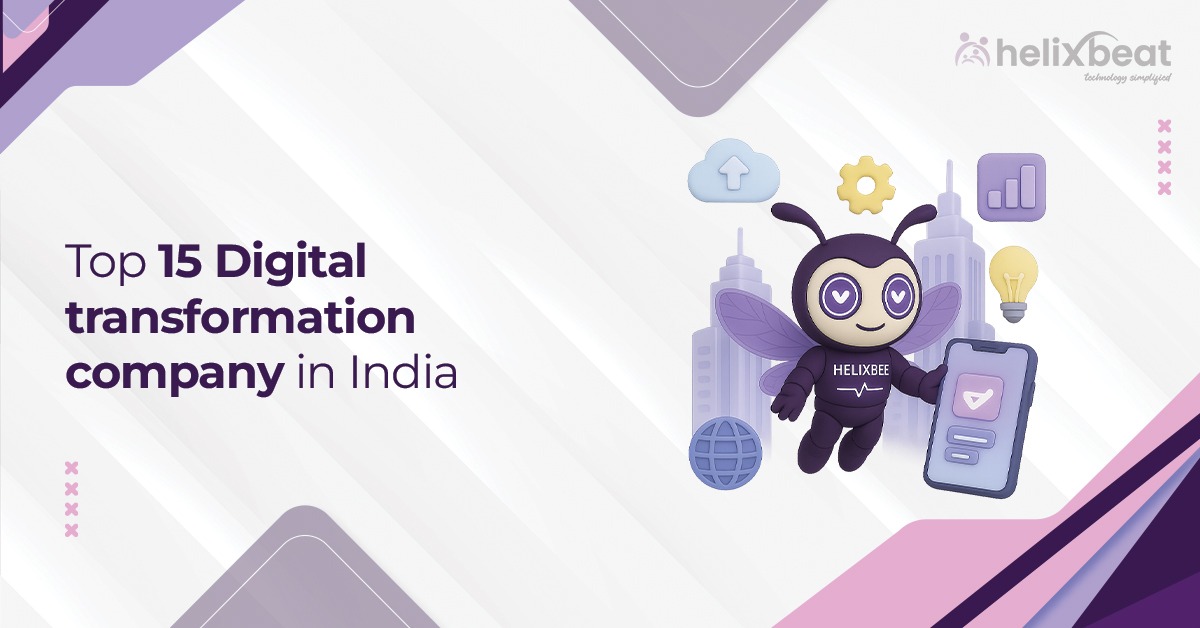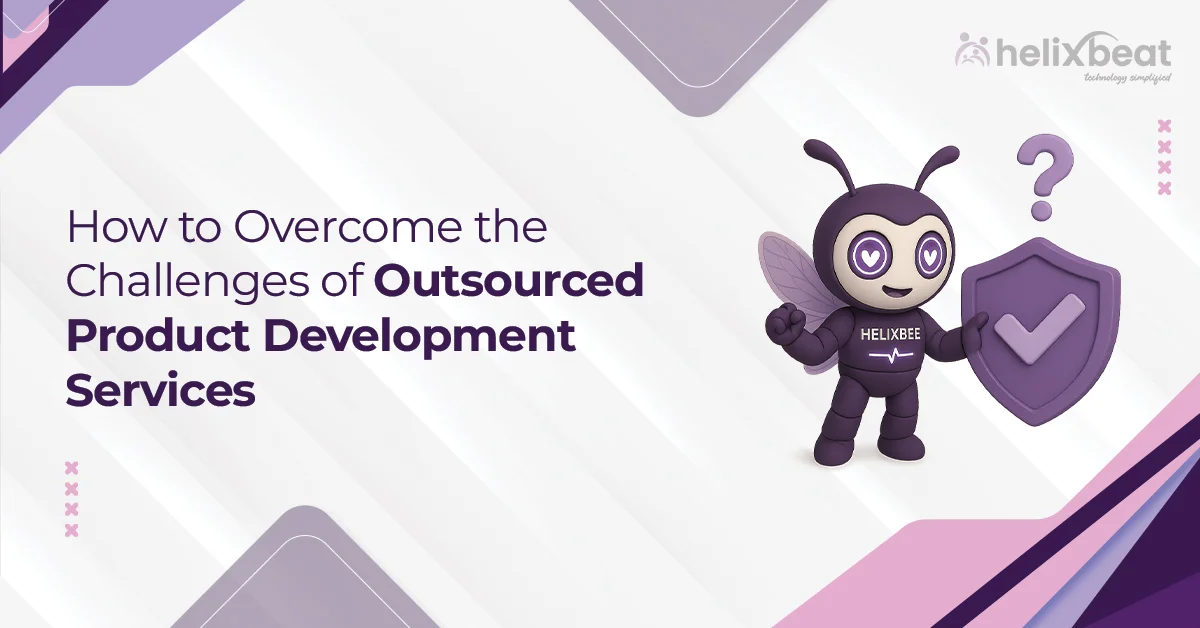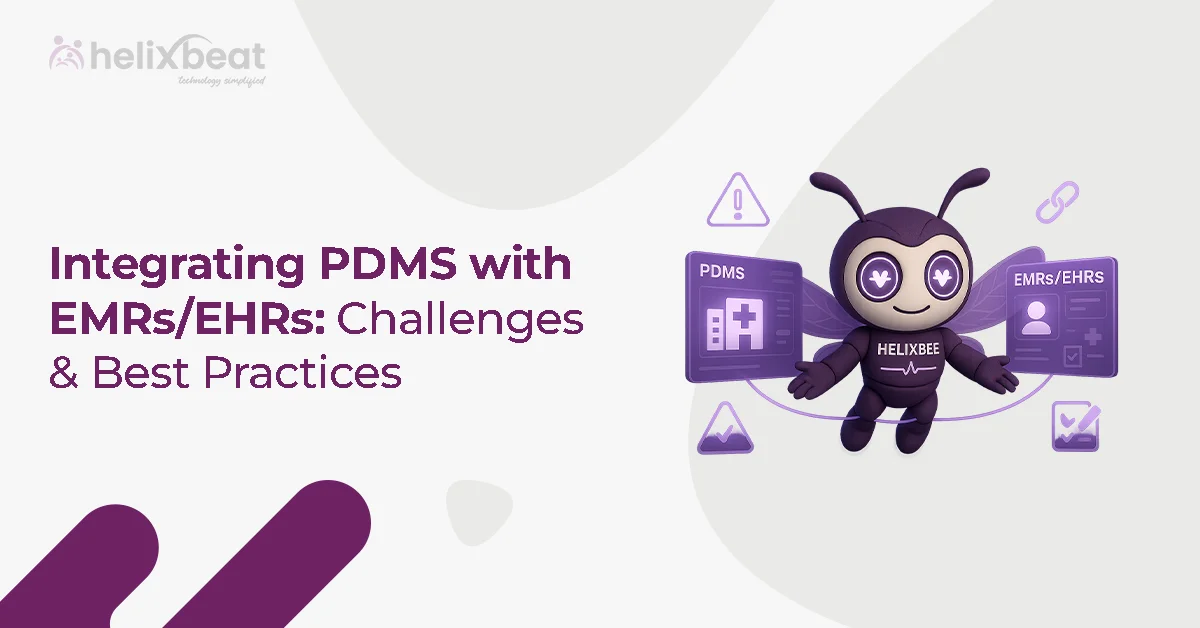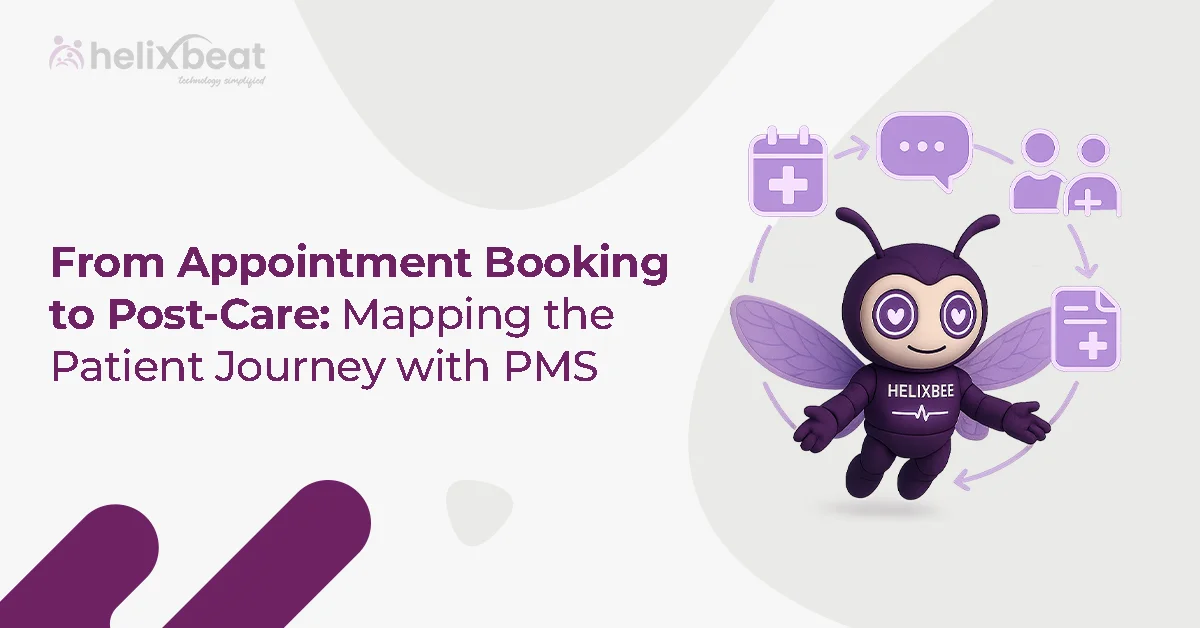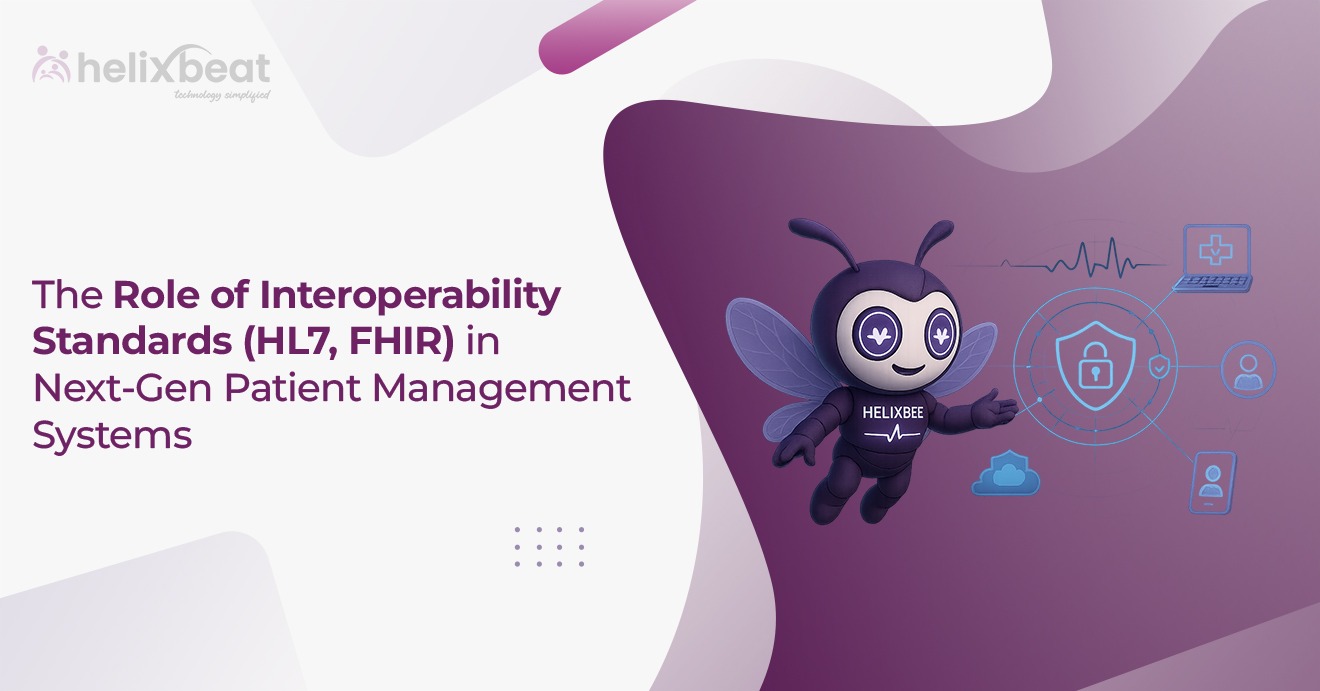In an emergency room (ER), seconds can mean the difference between life and death. Despite the high-stakes environment, ERs often face hurdles that slow down care: delayed access to patient records, fragmented systems, and communication breakdowns between departments. However, one key innovation is changing this dynamic: real-time data sharing in healthcare.
By enabling systems to talk to each other instantly and without error, real-time interoperability is transforming emergency departments across the world. It’s the backbone for faster triage, accurate diagnosis, and timely treatment. In this blog, we’ll explore how this technology is reshaping ER efficiency and the patient experience.
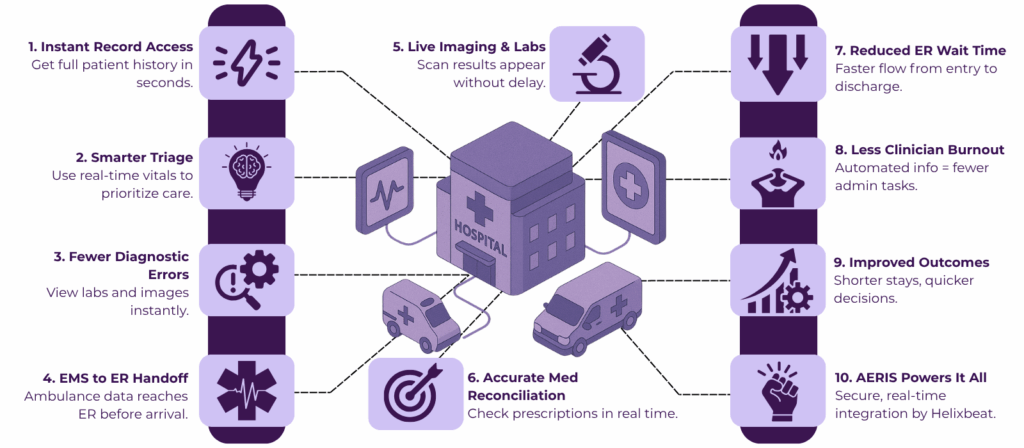
Table of Contents
What Is Real-Time Interoperability?
Real-time interoperability refers to the seamless, instant exchange of medical data between systems, applications, and devices across different healthcare settings. Think of it as a universal translator for healthcare data, where lab results, medical history, imaging, allergies, and prescriptions all become accessible in real-time, regardless of where they originated.
Unlike traditional interoperability, which may involve batch uploads or delayed syncing, real-time interoperability works as events occur. If a lab result becomes available or a patient receives a scan, it appears instantly across the relevant systems. This is what powers real-time data sharing in healthcare, especially in high-pressure ER settings.
Why Emergency Rooms Need Real-Time Data Sharing
Emergency departments operate under intense pressure. They face overcrowding, clinician burnout, and complex patient cases. Here’s how real-time interoperability offers immediate relief:
1. Faster Access to Patient History
ER doctors often treat patients with little to no background information. This increases the risk of redundant tests, missed allergies, or medication errors.
With real-time data sharing in healthcare, clinicians can instantly view medical records, past surgeries, allergies, and diagnostic reports—even if the patient received care at a different hospital. This speeds up the clinical decision-making process and reduces risks.
A study published in the Journal of the American Medical Informatics Association (JAMIA) found that access to interoperable health records led to a 20% reduction in repeat imaging in emergency settings.
2. Improved Triage and Resource Allocation
Triage is critical in emergencies. Misjudging severity can lead to critical patients waiting too long, while stable patients occupy limited resources.
Real-time interoperability allows triage nurses and physicians to view vital signs, alerts from wearable devices, previous admissions, and risk scores on the spot. This helps assign accurate priority levels and reroute patients to the right care path faster.
3. Reduction in Diagnostic Errors
One of the leading causes of ER malpractice lawsuits is diagnostic error. Real-time access to imaging reports, pathology data, and specialist consultations reduces this risk significantly.
Instead of waiting hours for a radiology report or duplicate scans, ER doctors can view prior images and compare them with current results—often within minutes.
Key Use Cases in ERs That Benefit from Real-Time Interoperability
a. Ambulance to ER Handoff
Ambulance staff often collect vitals, ECGs, and patient information en route to the hospital. Without interoperability, this data may be conveyed verbally or via paper notes.
With real-time integration between EMS systems and hospital EHRs, all this information is transmitted digitally before the patient even arrives. This gives ER staff a head start on diagnosis and treatment prep.
b. Imaging and Lab Integration
CT scans, MRIs, and lab tests are central to ER diagnostics. Therefore, delays in results or duplicate orders slow things down.
Interoperability enables these results to appear immediately in the ER’s clinical dashboard. As a result, physicians receive automated alerts when values are abnormal, which helps streamline decisions like surgery or medication.
c. Medication Reconciliation
Patients often forget or misreport their medications during emergencies. Real-time access to pharmacy data helps ER clinicians avoid harmful drug interactions or duplications.
This feature is especially important for older adults or patients with multiple chronic conditions.
How Real-Time Interoperability Improves ER Metrics
Let’s look at some quantifiable improvements hospitals have seen:
| Metric | With Interoperability |
| Average ER waiting time | Reduced by 15–25% |
| Time to treatment initiation | Shortened by 20–30 minutes per patient |
| Diagnostic duplication | Reduced by up to 40% |
| Clinical documentation time | Cut down by 15% |
| Discharge planning efficiency | Improved by 20% |
These numbers are more than just statistics. For the ER staff, it means lower burnout and better work conditions. For patients, it means shorter stays, quicker relief, and improved survival outcomes.
AERIS: Revolutionizing Real-Time Data Sharing in Healthcare
Today, real-time data sharing in healthcare is critical for improving patient outcomes, reducing treatment delays, and optimizing care processes. That’s where AERIS, a real-time data exchange platform by Helixbeat, streamlines data exchange across healthcare systems, making it a game-changer for emergency rooms and healthcare providers.
AERIS enables seamless real-time data sharing in healthcare, providing healthcare professionals with instant access to critical patient information. Whether it’s lab results, imaging reports, or vital signs, AERIS integrates data from multiple sources and presents it in a unified, easy-to-read format.
Key Features of AERIS
1. Supports HL7 and FHIR Standards
AERIS complies with HL7 and FHIR standards, allowing healthcare providers to integrate data from various applications and systems without worrying about compatibility issues. These widely adopted standards for health information exchange ensure that AERIS can communicate across a broad range of healthcare software platforms.
2. Streamlined Data Flow
With AERIS, patient records are available instantly across various systems. This means emergency room doctors can quickly access patient history, lab results, and medications to make critical decisions faster, all while reducing the chance of errors or missed information.
3. Improved Care Coordination
The ability to share patient data in real-time improves collaboration between clinicians, labs, imaging centers, and specialists. This enhanced communication leads to faster diagnoses, timely treatments, and a smoother patient care journey.
4. Enhanced Security and Compliance
AERIS upholds strict security protocols to protect patient data, ensuring compliance with healthcare regulations such as HIPAA. Its encrypted data exchange safeguards sensitive health information while maintaining smooth and continuous data flow across systems.
Final Thoughts
Emergency rooms are the frontline of the healthcare system—places where the stakes are highest and time is most precious. By enabling real-time data sharing in healthcare, interoperability turns the ER from a reactive zone into a proactive one.
It’s not just about digitizing records or connecting systems. It’s about empowering every ER doctor and nurse with the full picture—instantly—so they can make the best possible decisions when it matters most.
Join the healthcare revolution with AERIS and witness firsthand how real-time interoperability can transform the delivery of care.
FAQs
How does real-time data sharing benefit emergency rooms?
In emergency rooms, real-time data sharing in healthcare speeds up decision-making by providing instant access to critical patient information, reducing delays, and improving the overall efficiency of patient care.
How does AERIS support real-time data sharing in healthcare?
AERIS facilitates real-time data sharing in healthcare by integrating data from multiple sources using HL7 and FHIR standards, making it accessible instantly across various systems and applications.
How does real-time data sharing in healthcare improve patient care?
With real-time data sharing, clinicians have immediate access to patient records, diagnostic results, and medical histories, leading to quicker, more accurate decisions that directly impact patient care.
Can real-time data sharing be implemented in all healthcare systems?
Yes, real-time data sharing in healthcare can be implemented in various healthcare settings, as platforms like AERIS support integration with multiple systems using standardized protocols such as HL7 and FHIR.



